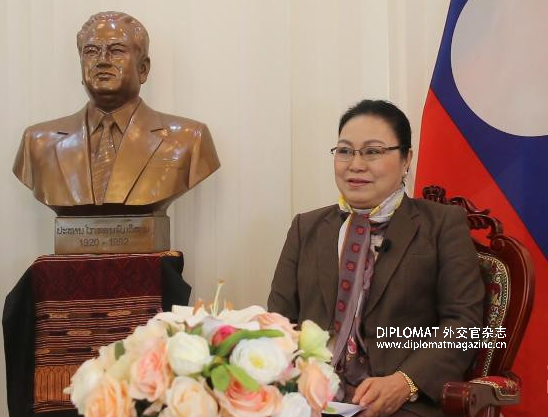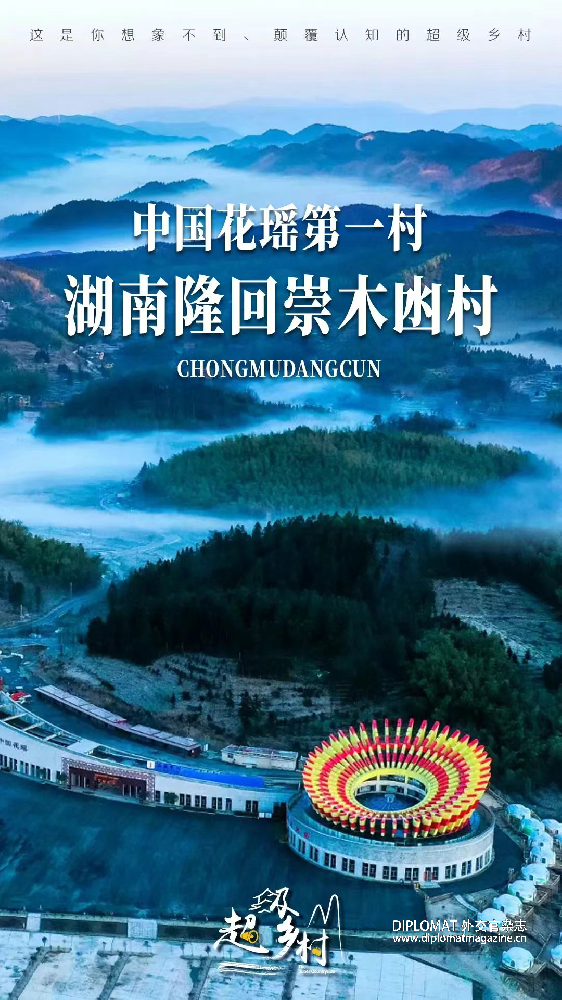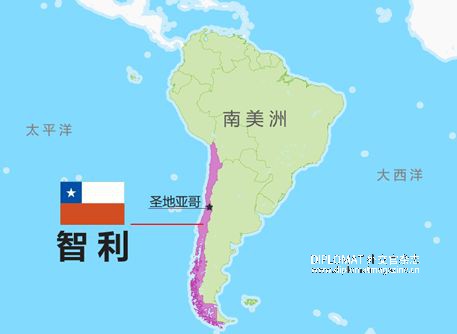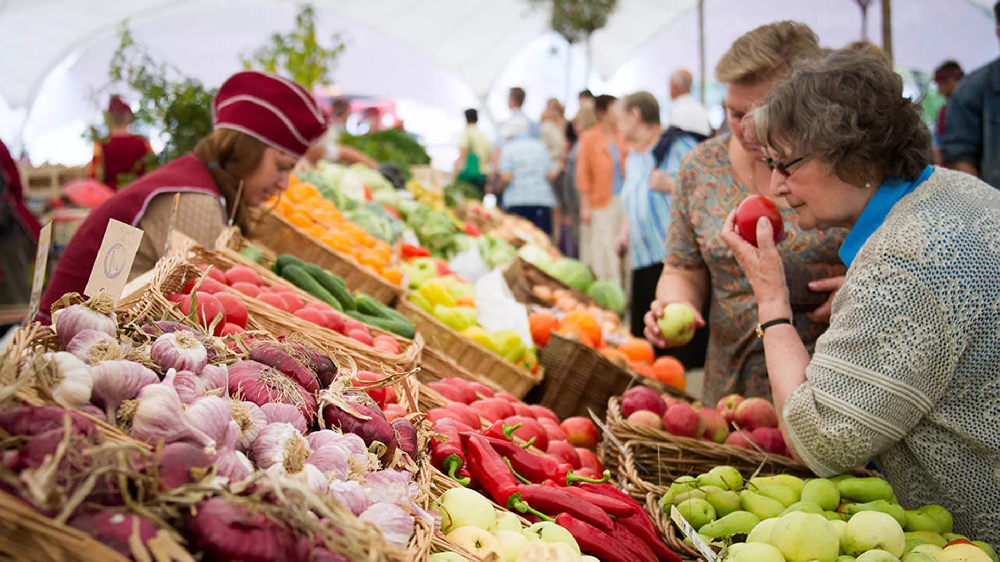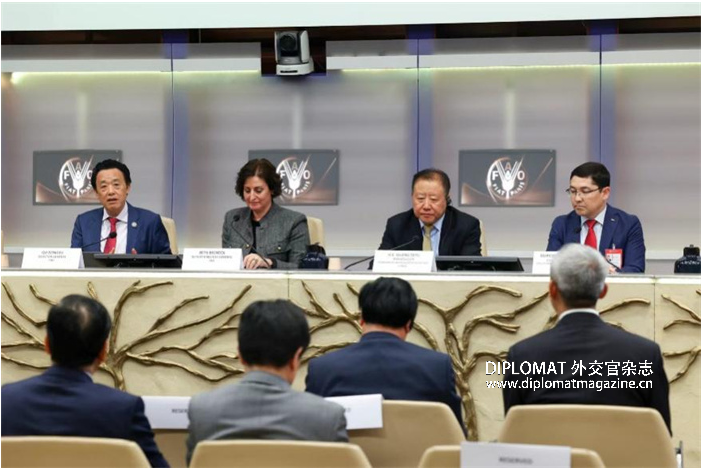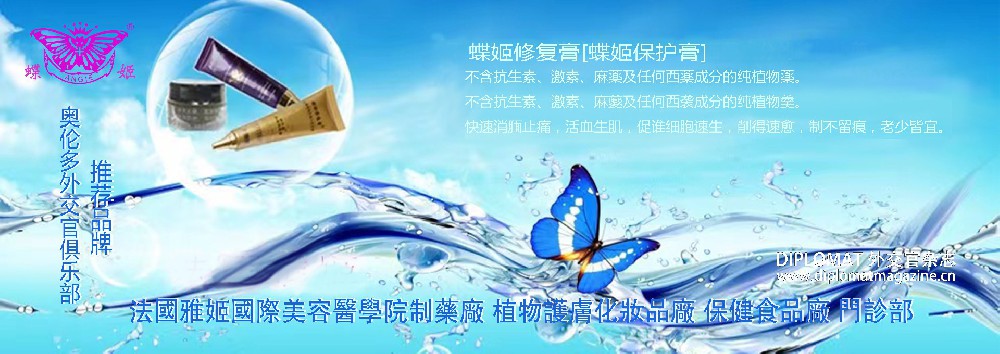导语:By:Afzal Artikov, Chief Researcher at the Center for Economic Research and Reforms under the Administration of the President of the Republic
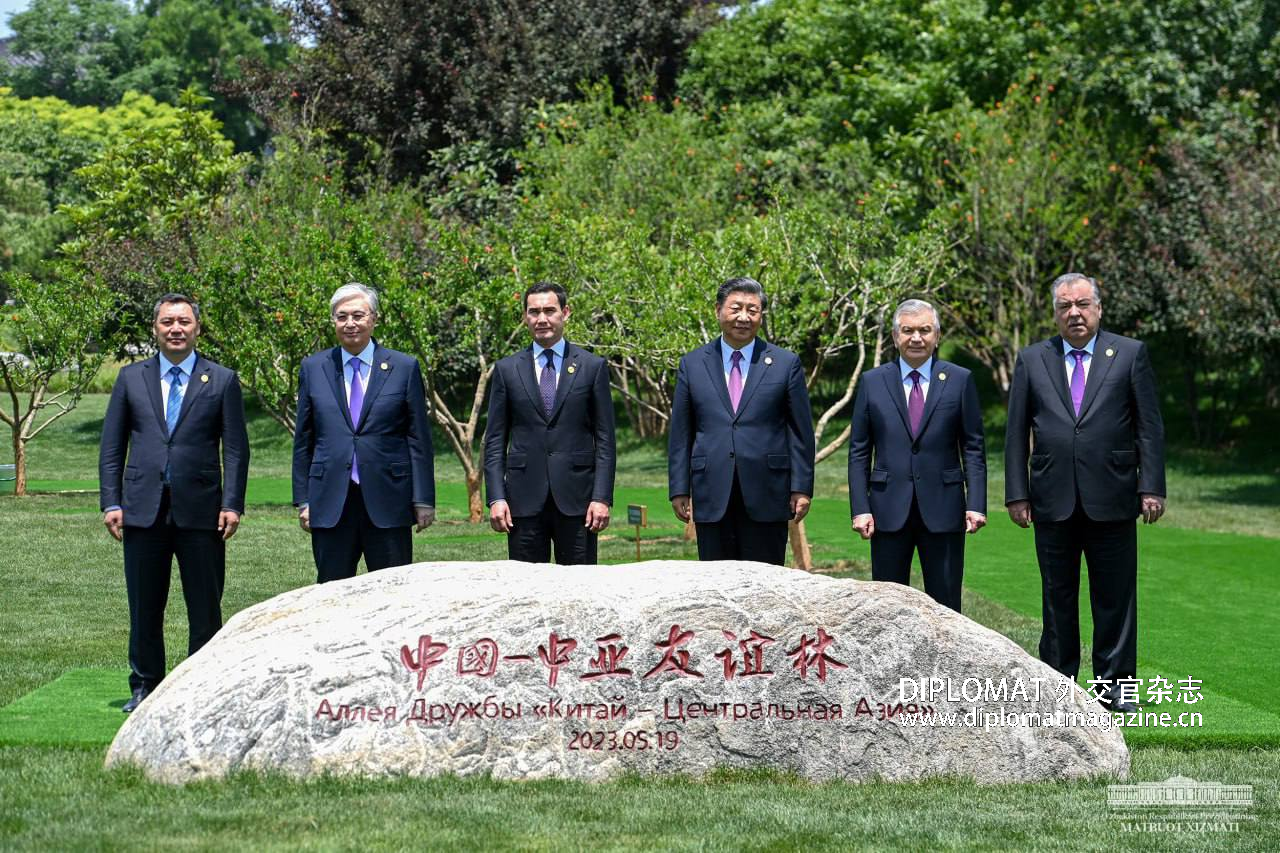
The "Central Asia plus China" format is a strategic platform aimed at strengthening cooperation between China and the five Central Asian countries. Since its formation, this format has become an important tool for enhancing multifaceted cooperation under the "CA+" framework, fostering political, economic, and cultural ties between Central Asia and China. It serves as a platform for dialogue on key issues, including economic development, security, and cultural exchange.
In Uzbekistan, considering its foreign policy priorities and efforts to ensure socio-economic development, cooperation within the "Central Asia + China" format is viewed as a vital instrument for attracting investments, expanding export opportunities, developing infrastructure, and enhancing regional connectivity. Special attention is given to cooperation areas that directly contribute to the implementation of national strategies in industrial modernization, digitalization, food security, and energy security. In this context, Uzbekistan actively promotes initiatives to develop transport and logistics corridors, participate in the "Green Belt" projects, engage in joint scientific and educational programs, and deepen humanitarian and cultural exchanges.
Uzbekistan also closely monitors the development of the People's Republic of China, which has transformed into a major modern economic power over the past decade, achieving remarkable industrial, technological, innovative, and social progress.
Uzbekistan prioritizes the development and strengthening of relations with China, a key strategic partner for all Central Asian countries. This cooperation is seen not only as an essential element of foreign policy but also as an effective mechanism to support sustainable economic growth in the region.
First. According to forecasts, the combined GDP of Central Asian countries will grow to $700 billion by 2030, compared to $450 billion in 2023. Meanwhile, exports from the region are expected to increase from $125 billion to $200 billion. This significant growth is driven by the dynamic development of the manufacturing sector, particularly in Uzbekistan, where copper production is projected to reach 500,000 tons per year, and exports of textile and garment products are expected to rise to $10 billion.
China has become one of the leading trade partners of Central Asian countries. In 2024, trade between China and Central Asia reached $94.8 billion, an increase of $5.4 billion compared to the previous year. Major Chinese exports include footwear, textiles, and clothing ($20 billion), machinery and vehicles ($11 billion), electronics ($3 billion), and iron and steel ($2 billion).
Given this, there are strong prospects for doubling the trade volume between Central Asia and China by 2030, primarily through balanced growth in mutual supplies of industrial goods and agricultural products, the development of efficient trade and logistics infrastructure, modern wholesale distribution networks, the introduction of "green" and express corridors, and the creation of shared e-commerce platforms.
These issues are relevant for all our countries, and the "C5+China" cooperation format will only facilitate their resolution in the interests of all participating nations.
Uzbekistan welcomes China's intention to gradually open its market to imports from Central Asian countries. This represents a new approach by Chinese leadership to developing relations with Central Asian states.
Such a policy by China will further contribute to the economic development of our region.
Second. According to the World Bank's Logistics Performance Index (LPI), in 2023, the countries of the region ranked relatively low compared to the global average (Kazakhstan — 79th out of 139 countries, Uzbekistan — 88th, Kyrgyzstan — 123rd, Tajikistan — 97th). In this regard, further development of transport connectivity in the region could become a significant component of socio-economic progress.
In his speech at the first "Central Asia — China" Summit, the President of Uzbekistan emphasized the strategic importance of developing safe and shortest transport corridors connecting China with the region, with access to Europe, the Middle East, and South Asia.
It is crucial to unite the efforts of regional countries and China to implement promising cross-border projects, such as the "China — Kyrgyzstan — Uzbekistan" highway and railway and the "Uzbekistan — Afghanistan — Pakistan" railway. These corridors will reduce distances, optimize logistics, and lower transport costs for businesses and consumers. For instance, the "China — Kyrgyzstan — Uzbekistan" route will shorten the transportation distance for goods between China and Europe by 900 kilometers, significantly reducing shipping time. This railway (if connected to the "Middle Corridor") will handle an additional 5-6 million tons of cargo annually.
Alongside the Trans-Caspian International Transport Route, also known as the "Middle Corridor," the development of the "Southern Corridor," linking China and Europe via Central Asia, Iran, and Turkey, is equally important. A key feature of this route is that it covers all countries in the region, including Kazakhstan, Kyrgyzstan, Tajikistan, Uzbekistan, and Turkmenistan.
The "Southern Corridor" is a land route preferred by road carriers as it avoids crossing the Caspian Sea and associated challenges, such as port inefficiencies and unpredictable ferry schedules. Transit time is approximately 14-20 days for destinations between China and the EU.
The "Middle Corridor" runs from the China-Kazakhstan border through Kazakhstan, Turkmenistan, Azerbaijan, Georgia, Turkey, and onward to Europe. It involves rail and maritime transport (across the Caspian Sea). The route spans 7,000 km, with an annual capacity of 4.5 to 27 million tons. Cargo transit takes 14 to 45 days. Currently, 6 million tons of cargo are transported via this corridor. By 2030, the World Bank forecasts this volume will reach 11 million tons.
According to recent EBRD studies, the investment required to modernize the Middle Corridor's infrastructure is estimated at €18.5 billion. Priority areas include restoring and upgrading rail and road networks, expanding rolling stock, increasing port capacity, and improving border crossings. Infrastructure development in Uzbekistan alone will require $3.5 billion.
The "Middle Corridor" faces several challenges:
1. Price volatility and transport shortages, particularly on Caspian Sea vessels and locomotives in Azerbaijan/Georgia, pose significant obstacles;
2. The corridor's current capacity is only about 5% of the Northern Corridor's, with delays often caused by inadequate infrastructure and poor coordination;
3. Prolonged border crossings between Kyrgyzstan and Kazakhstan;
4. Suboptimal use of Caspian Sea ports, limiting potential;
5. Immediate environmental threats due to regional desiccation;
6. Ongoing instability along the Armenia-Azerbaijan border and between Georgia and Russia;
7. Persistent military activities in the Black Sea region.
The recently launched "Uzbekistan — Turkmenistan — Iran — Turkey" railway exemplifies this potential, aiming to reduce shipping time and costs between South Asia, the CIS, and Europe. The route spans over 4,500 km and is part of the Europe-Caucasus-Asia Transport Corridor (TRACECA) strategy for 2026.
Uzbekistan views the Southern Corridor as a vital channel for goods transit, expanding trade and economic ties between Central Asia, China, and Europe, while ensuring reliable and efficient cargo routes.
Participating countries will become key transit hubs between Europe and Asia, enhancing their geopolitical significance. New infrastructure will provide easier access to each other's markets and new markets in Central Asia and beyond.
Strategic development of transport corridors through Central Asia opens vast prospects for economic growth and regional integration. By addressing existing challenges and investing in infrastructure, these corridors can become preferred trade routes, fostering prosperity for both regions.
As we move forward, cooperation between China and Central Asia will be critical. Investments in infrastructure development will play a pivotal role in achieving our shared goals.
Together, we can transform Central Asia into a vital
Together, we can transform Central Asia into a vital hub of global trade, driving economic growth and fostering closer ties between our regions.
Third. Uzbekistan aims to double energy efficiency in its economy, and China is a leading supplier of energy-saving technologies. Uzbekistan has significant potential to improve energy efficiency, particularly in the oil and gas sector. For example, 9% of natural gas produced in Uzbekistan is lost during extraction and transportation, compared to 3.6% in Norway, 4% in the Netherlands, and 6% in Germany. Cooperation with the China National Petroleum Corporation (CNPC) could modernize Uzbekistan's oil and gas sector, enhance efficiency, and reduce losses.
Fourth. Uzbekistan seeks to adopt China's expertise in "green" construction standards and modernization projects to achieve a 60% urbanization rate by 2030. Partnerships with companies like the China State Construction Engineering Corporation (CSCEC) and institutions such as the China Academy of Building Research can facilitate technology transfer.
Uzbekistan proposes establishing joint ventures for green hydrogen development with Chinese companies like State Power Investment Corp (SPIC) and China Energy Investment Corp (CEIC).
Uzbekistan has high potential in solar and wind energy. Cooperation on large-scale projects in these areas could be a key factor for sustainable economic growth and energy security. By 2035, electricity consumption in the country is expected to nearly double—from 66.3 TWh to 121.6 TWh. Meanwhile, the country has the potential to install solar panels with a capacity of 5,700 MW in 1.9 million households, generating 8.2 billion kWh annually and saving 2.7 billion cubic meters of gas.
Increasing joint ventures for solar panel and wind turbine production in Uzbekistan could reduce costs and create jobs. Attracting leading Chinese companies like JinkoSolar, Trina Solar, JA Solar, and LONGi Solar to produce high-efficiency solar modules is a priority.
Collaborative research between the Turin Polytechnic University in Tashkent and Tsinghua University could advance the development of solar batteries, wind turbines, and energy storage systems tailored to Uzbekistan's climate.
Fifth. Developing cross-border power transmission lines could integrate Uzbekistan's green energy projects into China's "Belt and Road" initiative. Uzbekistan plans to export 7-10 GW of electricity by 2030.
Sixth. Uzbekistan is increasingly adopting electric vehicles and has established joint ventures with Chinese automakers like BYD. In 2024, Uzbekistan imported 74,700 passenger cars worth $1.28 billion, over half of which were electric or hybrid vehicles. China accounted for more than 80% of these imports, highlighting the importance of cooperation in this sector. Further collaboration on EV charging infrastructure and battery production could enhance Uzbekistan's e-mobility infrastructure and strengthen China's leadership in this field.
Seventh. Uzbekistan possesses significant reserves of critical minerals, including lithium (174,000 tons), graphite (15.2 million tons), tantalum and niobium (10,000 tons), titanium, iron, and zirconium (62 million tons), nickel, cobalt, magnesium (19.7 million tons), vanadium, rare earth elements (12.3 million tons), and zinc (1.6 million tons). An analysis by Ernst & Young shows that only 40% of Uzbekistan's territory has been geologically explored, indicating substantial potential for expanding the mineral resource base. These minerals are essential for "green" economy projects.
The "Central Asia + China" format strengthens political dialogue between the region and China, fostering trust and joint solutions to regional challenges. It also offers an alternative to other external cooperation formats, such as "Russia + CA," "USA + CA," or "EU + CA."
Measures to enhance economic interaction within the "Central Asia — China" format and further promote mutually beneficial cooperation in areas of shared interest will help achieve development and prosperity goals for our countries and peoples.
In the future, the "Central Asia + China" format could be institutionalized, for example, through the establishment of a permanent secretariat, enabling more effective coordination of joint projects and initiatives. Cooperation is also expected to expand into new areas, such as digital transformation and sustainable development.
The "Central Asia + China" format plays a pivotal role in shaping a new regional order, driving economic growth, political stability, and cultural exchange. Its continued success will depend on the ability of participating countries to effectively manage challenges and leverage opportunities for mutual benefit.
By:Afzal Artikov, Chief Researcher at the Center for Economic Research and Reforms under the Administration of the President of the Republic



